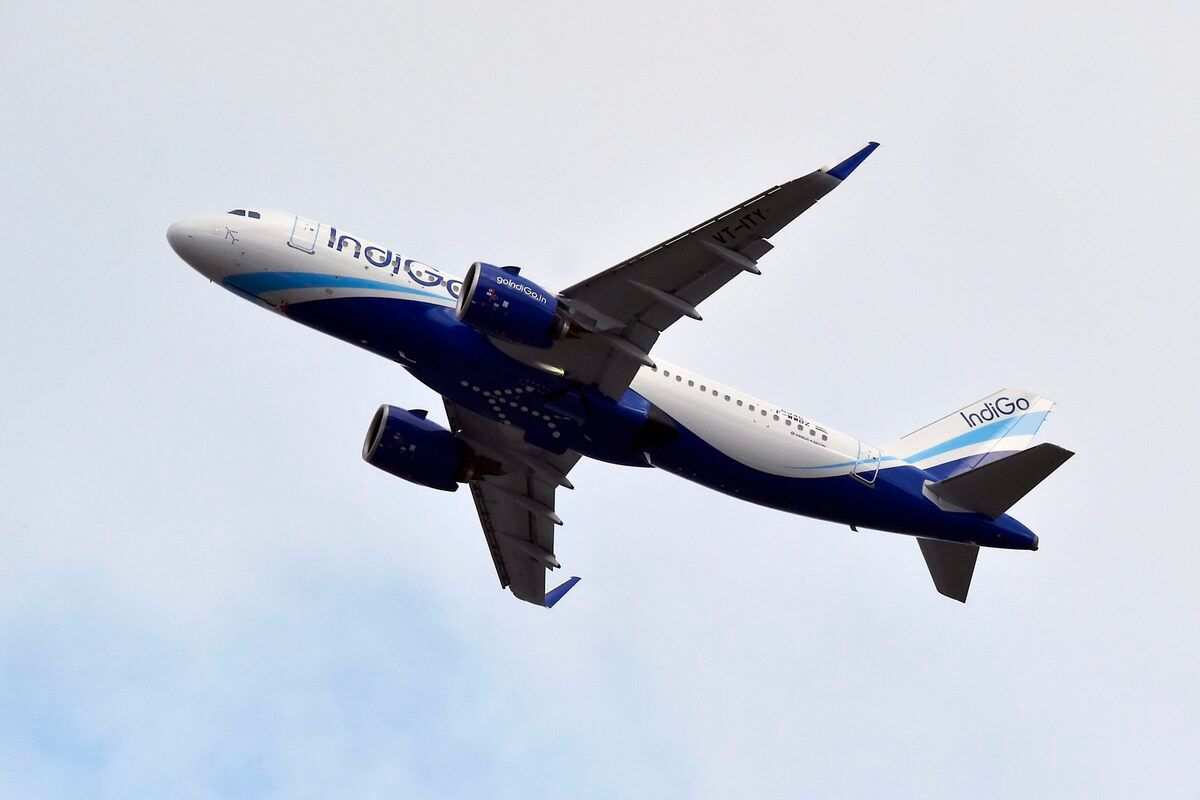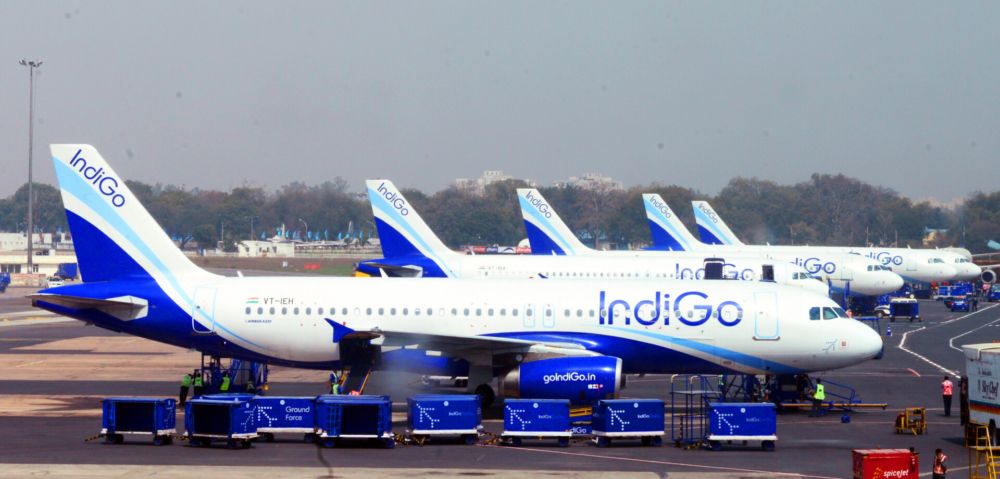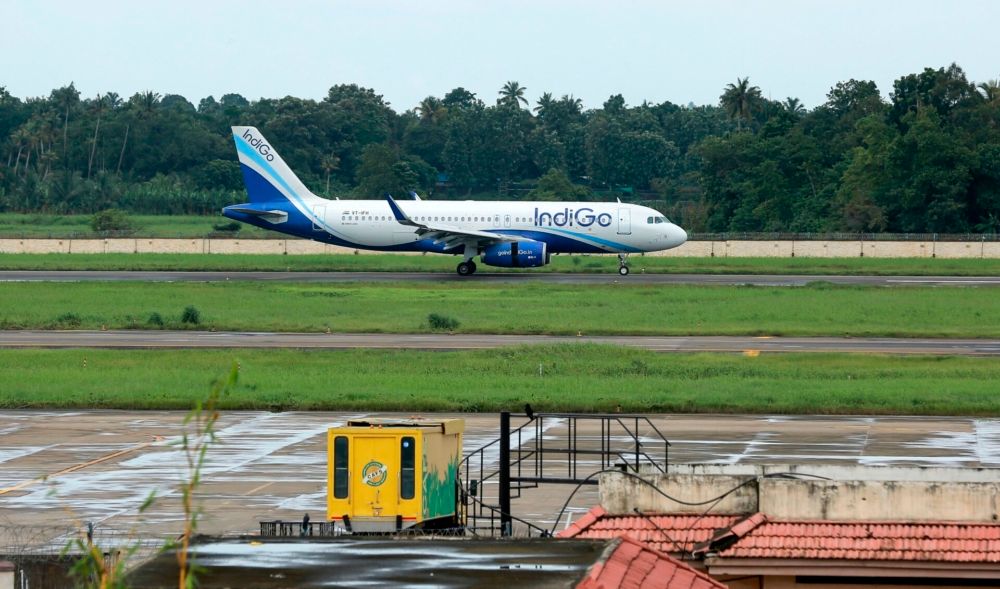Earlier this month, two IndiGo flights came close to experiencing a mid-air collision after departing Bangalore. The jets had been cleared to depart on parallel runways, and risked converging had it not been for an intervention from an approach radar controller.
The flights involved
Reports have emerged of a near mid-air collision between two IndiGo flights on January 7th. According to News18, the services originated at Bangalore's Kempegowda International Airport (BLR). Both of them were domestic flights, with their destinations being Kolkata International Airport (CCU) and Bhubaneswar Biju Patnaik Airport (BBI).
The former of these was served by IndiGo flight 6E455. Data from RadarBox.com shows that this is the first leg of a two-part domestic jaunt that continues to Jorhat Airport (JRH). It has a scheduled departure time from Bangalore of 08:40 local time.
Meanwhile, the Bhubaneswar-bound service bears the flight number 6E246. Its scheduled departure time from Bangalore is 08:45 local time. On January 7th, both flights were operated by Airbus A320neos, registered as VT-ITD (6E455) and VT-ISV (6E246).
News18 reports that flight 6E455 had 182 passengers and crew onboard, with 244 on 6E246. While the latter of these seems unlikely given the aircraft type, it will still have likely been well-filled, as Indian domestic aviation has recovered strongly in recent months.
Stay informed: Sign up for our daily and weekly aviation news digests.
Close to colliding
On the morning of the incident, a lack of communication amid a shift change almost caused a disaster for the two IndiGo flights. News18 notes that the southern runway (09R) was planned to be closed on January 7th, but this change wasn't relayed to the southern tower. As a result, the flights received simultaneous takeoff clearances from parallel runways.
With both flights heading towards northeastern India, News18 reports that their headings would likely have converged. However, a radar approach controller, who the publication names as 42-year-old Lokendra Singh, spotted the potential for a collision in time, and assigned the aircraft new diverging headings. This action potentially saved hundreds of lives.
Under investigation
The near miss has now come to the attention of India's Directorate General of Civil Aviation (DGCA). This government body now plans to investigate the matter, focusing on both IndiGo and the Airports Authority of India. The AAI owns 13% of Bangalore Airport. Despite the near mid-air collision at 3,000 feet, both flights reached their destinations safely.
The investigation likely won't reflect well on the parties involved, given that News18 notes that parallel runway operations at Bangalore had already been red-flagged. Furthermore, neither AAI nor IndiGo immediately advised the DGCA of the incident. It only came to light during 'routine surveillance,' and has served to highlight lapses by air traffic controllers.
Simple Flying has reached out to IndiGo for further information on the matter.
What do you make of this incident? Have you ever flown with IndiGo? Let us know your thoughts and experiences in the comments.



